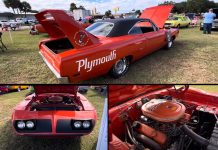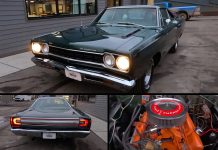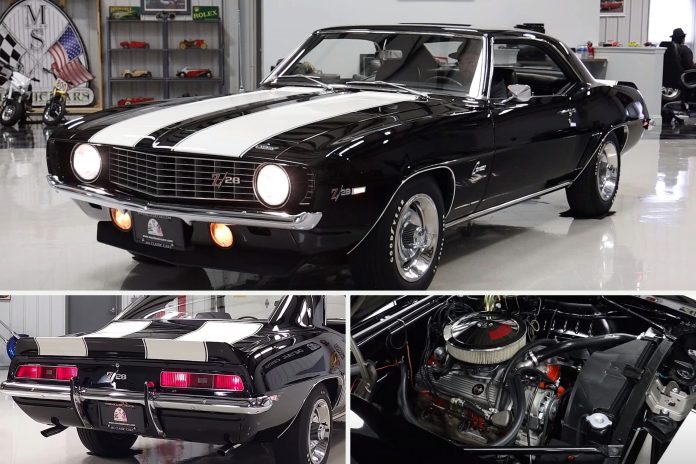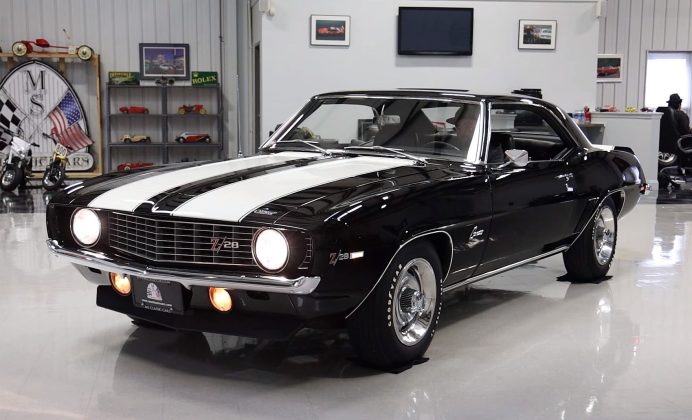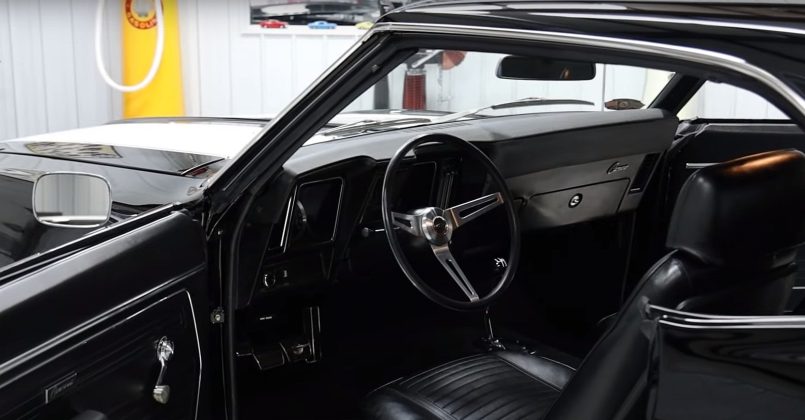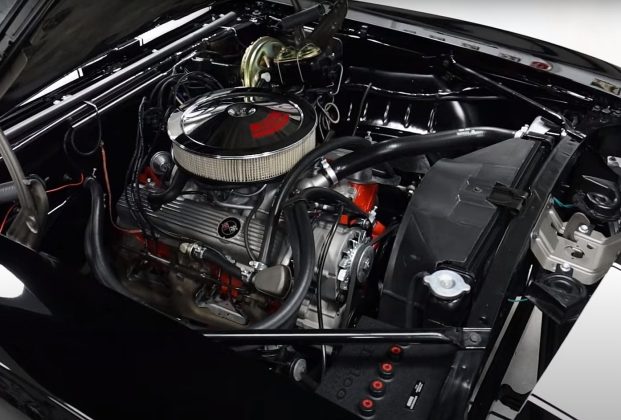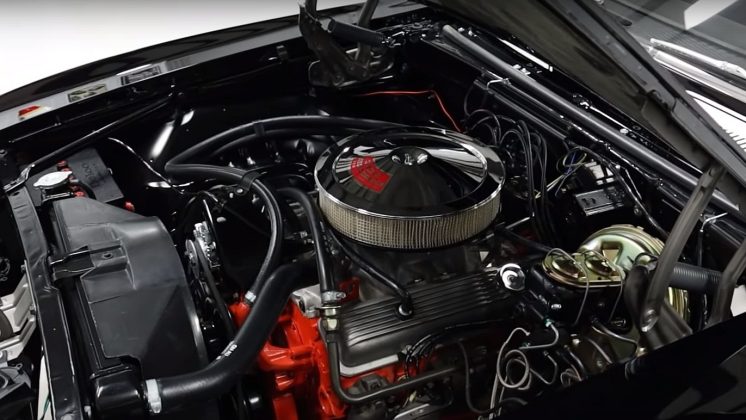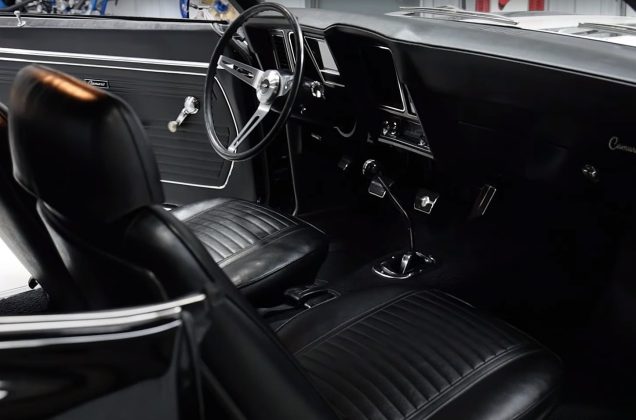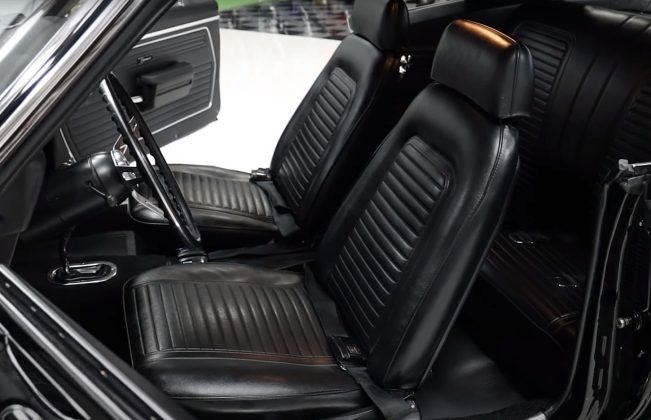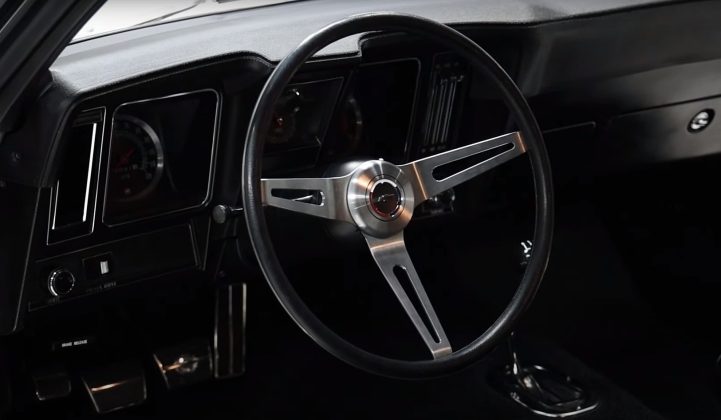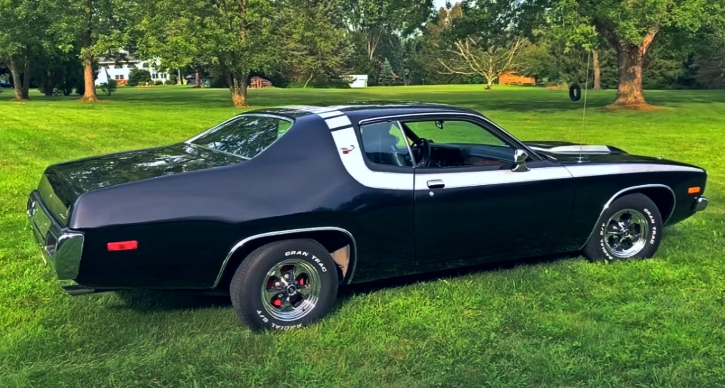Launched in September 1966, the Chevrolet Camaro marked its entry into the pony car market over two years after its competitors. Despite its delayed arrival, the Camaro secured its place as an iconic vehicle in the golden era of muscle cars.
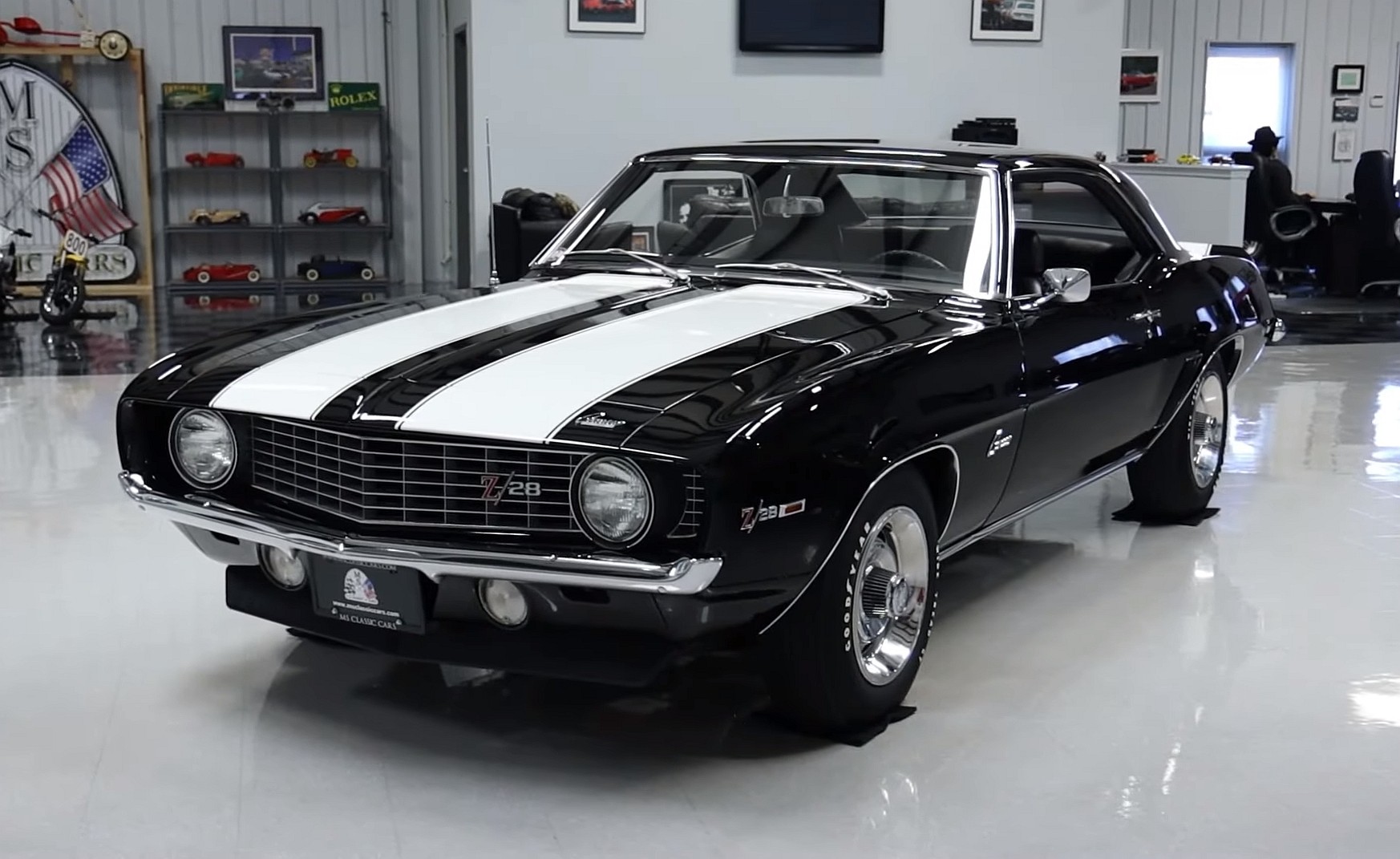
Chevrolet swiftly introduced a range of models to compete with every version of the Ford Mustang. The lineup included entry-level six-cylinder models, small-block V8 pony cars, and big-block rigs tailored for drag racing with minimal upgrades. The first-generation Camaro also gave rise to high-performance COPO models and a special SCCA Trans-Am homologation variant, notably featuring the legendary “Z/28” badge.
Debuting in December 1966, the Z/28 gained popularity among muscle car enthusiasts, enabling Chevrolet to participate in the Trans-Am series. Despite only selling 602 units in 1967, deliveries surged to 7,199 examples in 1968 and an impressive 20,302 units in 1969, outselling the competing Ford Mustang Boss 302 by a ratio of 12 to one. As of 2023, the Z/28 remains highly sought after.
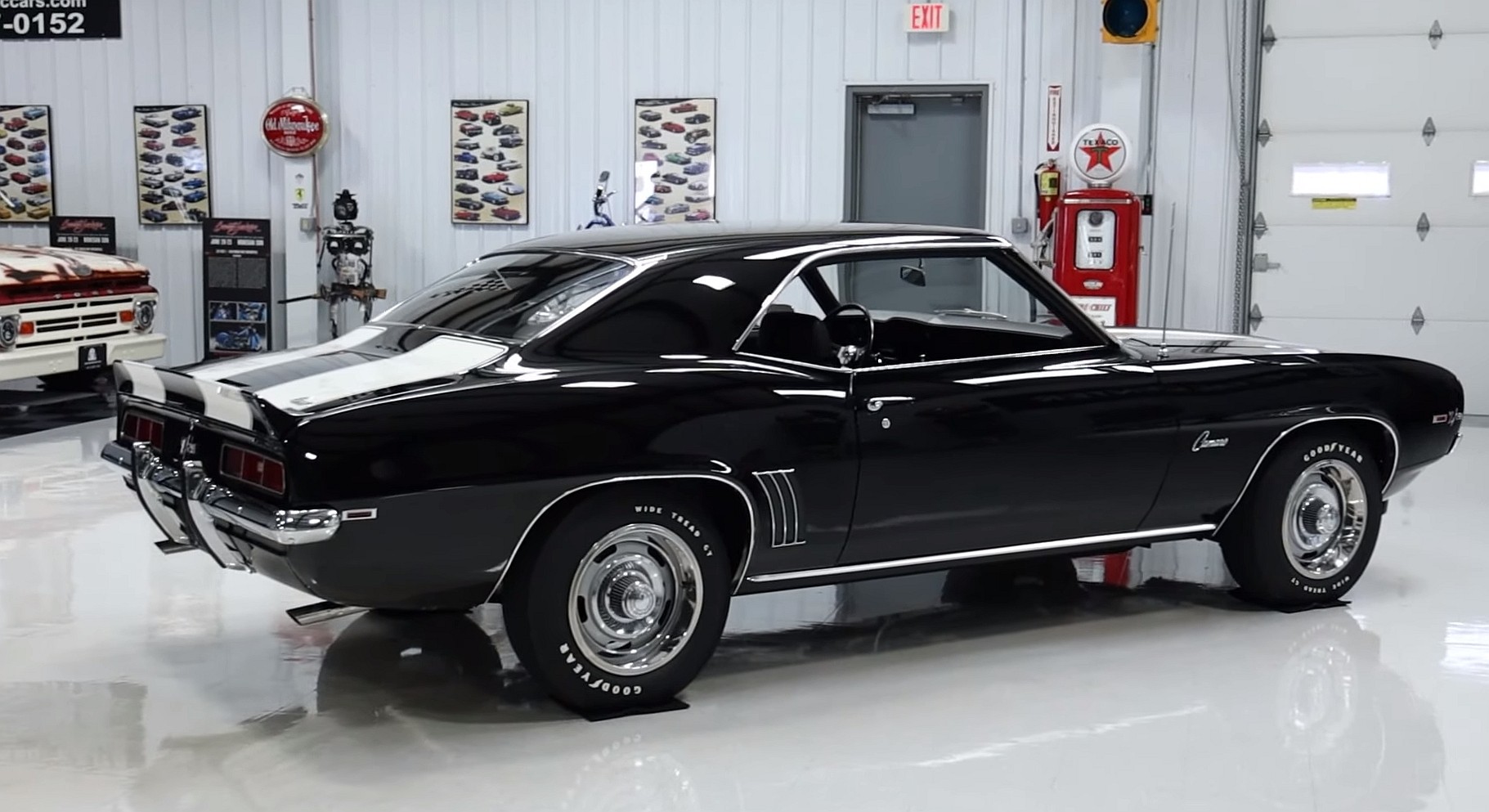
While the 1969 Z/28 is not as rare as its predecessors, specific options can elevate it to a low-production gem. Often, these unique features stem from seemingly mundane aspects like color combinations or interior options. For instance, the rarity of a 1969 Z/28 in black paint adds to its exclusivity, with only an estimated 122 units produced, constituting 0.6% of the total Camaro production that year.
Camaro expert Jerry MacNeish, with a database of only 12 such cars, highlights the rarity of well-preserved 1969 Z/28s. Although there may be more undiscovered examples, finding perfectly restored ones, like the showcased model by MS Classic Cars, proves challenging.
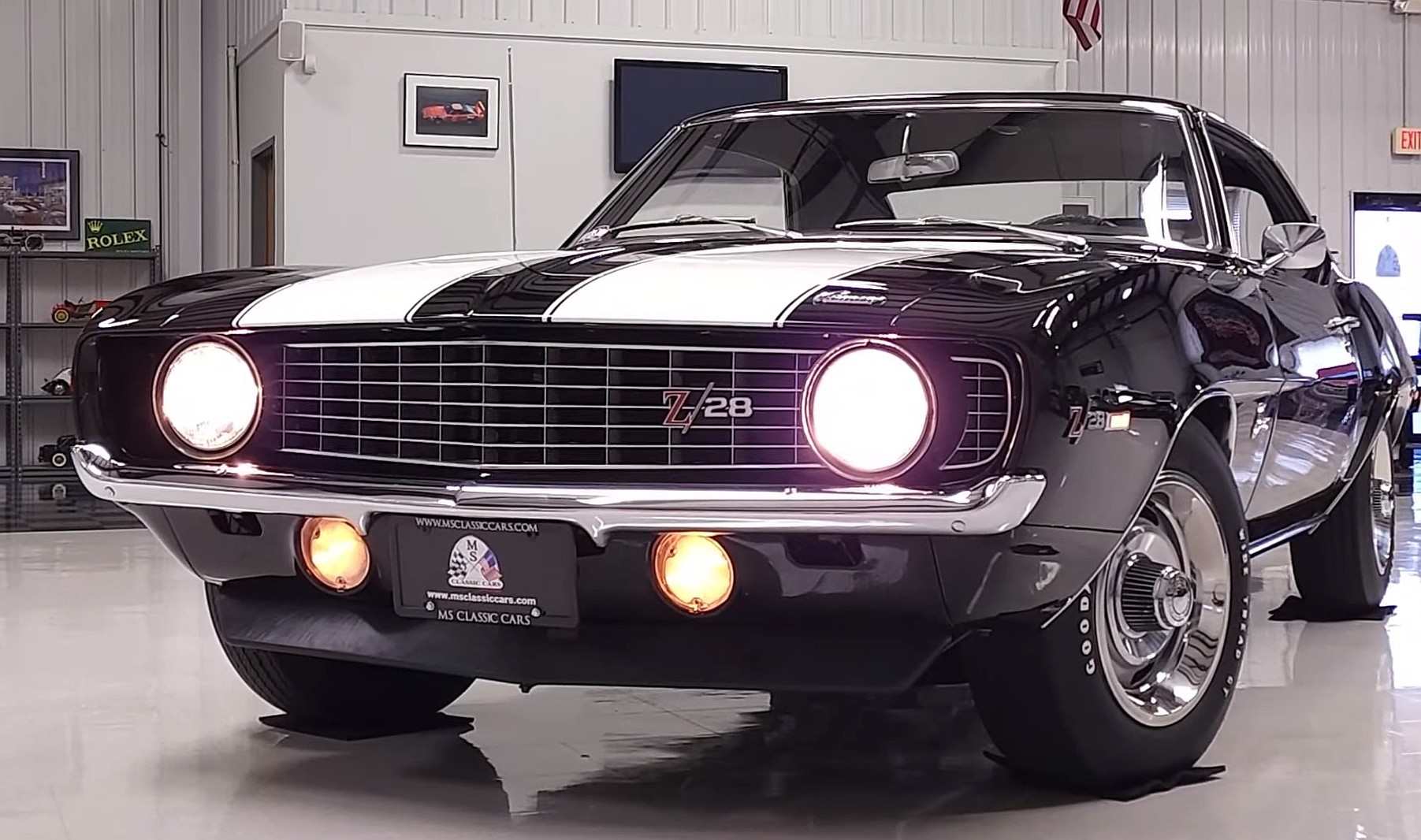
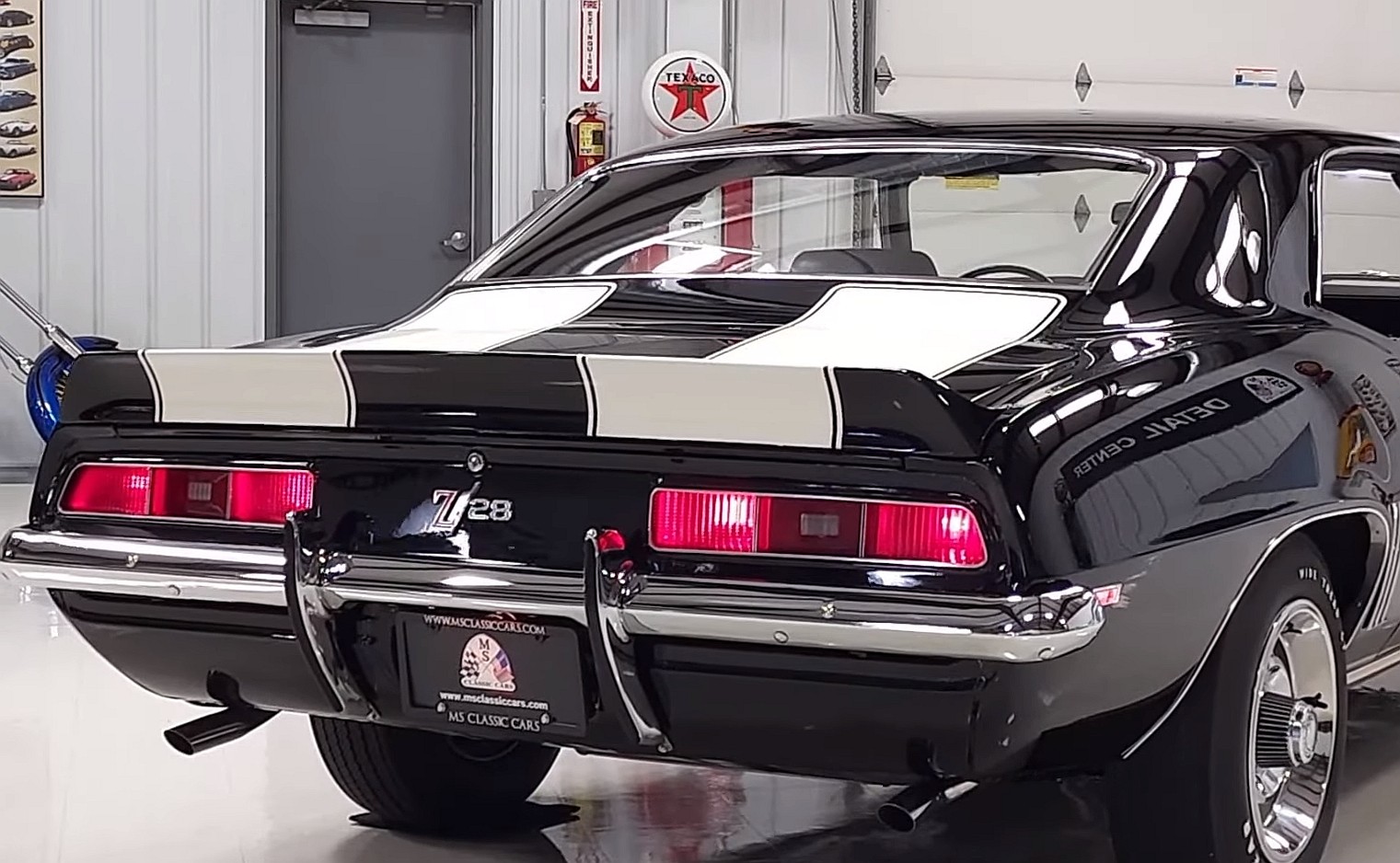
MS Classic Cars presents a meticulously restored 1969 Z/28, adhering to original specifications, including the distinctive white-striped black paint and all-black interior. Loaded with options such as power disc brakes, a four-speed manual transmission, a cushion grip steering wheel, a tachometer, and an AM pushbutton radio, this Z/28 exemplifies the pinnacle of muscle car craftsmanship.
While not all components are factory-original or numbers-matching, the engine retains its authenticity. The first-generation Camaro Z/28 featured an exclusive 302-cubic-inch (4.9-liter) V8 with a four-barrel carburetor, boasting 290 horsepower and 290 pound-feet (393 Nm) of torque.
The showcased Z/28 impresses from every angle, with a spotless interior and engine bay. The comprehensive restoration effort spanned a remarkable 11 years, reflecting the dedication to preserving the car’s authenticity and charm.
Set to go under the hammer in January 2024, the presented Z/28 does not have a specified price estimate. However, it’s noted that 1969 Z/28s in similar condition can command prices exceeding $250,000 in today’s market.
# FAQs: Frequently Asked Questions
## FAQ 1: How many Z/28s were produced in 1969?
In 1969, Chevrolet produced a total of 20,302 Z/28 units.
## FAQ 2: What makes the black Z/28 from 1969 rare?
Approximately 0.6% of the total Camaro production in 1969 featured black paint, estimating the production of black Z/28s at around 122 cars.
## FAQ 3: How many perfectly restored 1969 Z/28s are known to exist?
According to Camaro expert Jerry MacNeish’s database, only 12 perfectly restored 1969 Z/28s are documented.
## FAQ 4: What is the significance of the Z/28 badge?
The Z/28 badge was introduced for the SCCA Trans-Am homologation special, allowing Chevrolet to compete in the Trans-Am series and gaining popularity among muscle car enthusiasts.



